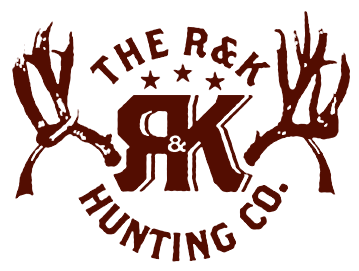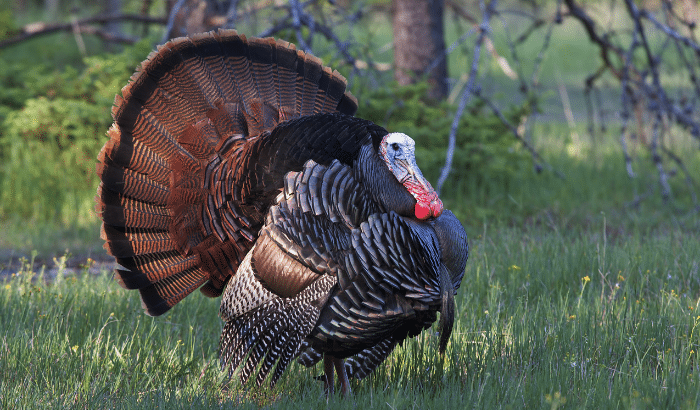If you’re an avid, seasoned hunter, you know that turkey hunting is the perfect way to spend your spring.
Ready or not, the springtime turkey hunt is well underway, and if you’d like to harvest your own gobbler, there’s still time to get your permit and get to hunting. Though Utah’s youth turkey hunt is over, the general spring season runs through the end of May. In today’s article, we’re talking about everything you need to know about the spring turkey hunt and some general tips and tricks that might help you along the way.
Keep scrolling for more.
Turkey Hunting Populations are on the Rise
According to DWR, there are approximately 25,000-35,000 wild turkeys in Utah. The two subspecies that live in the Beehive State are Rio Grande and Merriam’s. Turkeys do not do well in harsh winters, and thanks to the mild winter we’ve had this last season, the population is doing great. Moreover, with mild winters, turkeys tend to stay longer in public spaces, making hunting even more possible. All of this should result in a good turkey hunting season.
Best Places for Turkey Hunting in Utah
With the thousands and thousands of turkeys in Utah, there are plenty of good hunting areas. In the northern part of the state, you’ll find many private properties in Croydon, Eden, Huntsville, Morgan, and Mountain Green — but keep in mind, you’ll need written consent from the landowner to hunt on private property.
As for public land, you’ll find turkeys in Blacksmith Fork Canyon, Richmond Wildlife Management Area, Wellsville Range in Cache Valley. And, in Box Elder County, you’ll find great hunting near the Raft River Mountains close to One Mile Creek, Wildcat Creek, and Johnson Creek.
More Tips and Tricks for Turkey Hunting
- If you are looking for a Rio Grande turkey, you’ll find more of them in lower elevation areas. Rio Grande turkeys love river bottom areas with plenty of cottonwood trees and areas with oak and pinyon-juniper trees.
- You’ll find Merriam’s turkeys in high elevations in ponderosa pine forests.
- Scouting for a couple of days prior to your hunt is helpful. Become familiar with the area, locate where turkeys like to hang out and learn their patterns.
- Generally speaking, the bulk of harvested turkeys happen between 10 am and 2 pm.
- Written permission is required for hunting on private land.
- Invest in good camo and sit still — turkeys have great eyesight.
- Using calls and decoys can increase your chances of success.
- Permits are still available for purchase between now and May 31st. You can get yours here.
Contact R & K Hunting Company
After turkey hunting season is over and you’re looking for more exciting hunts, contact the pros at R & K Hunting Company. Enjoy a once-in-a-lifetime hunting expedition in Utah or Wyoming that you’ll never forget. Our knowledgeable and experienced staff takes the stress and headaches of planning your hunt away, allowing you to soak in your adventure entirely. Contact R & K Hunting Company today to schedule your next hunt.


